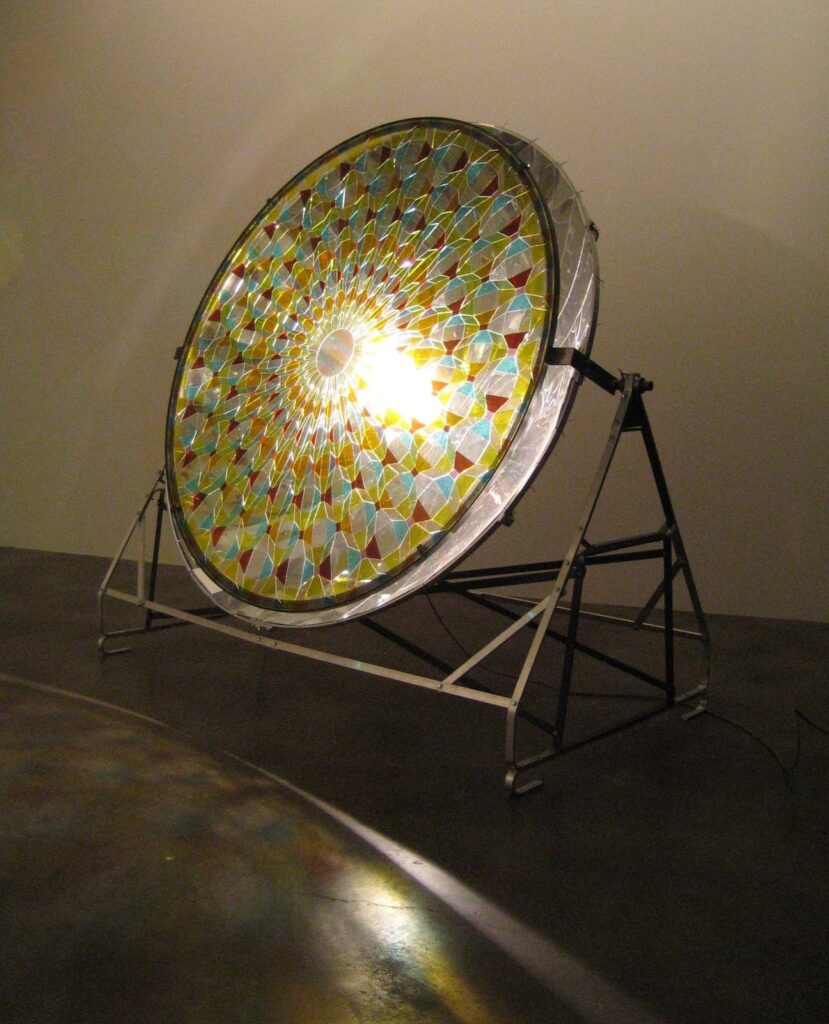
Yesterday Olafur Eliasson posted a work to Instagram that I hadn’t seen before. It is Suncooker, from 2005. It is a portable solar oven, a parabolic aluminum mirror on an angled steel frame, covered by a large, radiant disc of geometrically cut, multi-colored glass, and with a lamp at the center. It is predictably beautiful, and even though it was only one element of Stockholm Solar Lab, the artist’s installation, it was the main promotional image for the sun-themed group show at magasin 3 during 2005’s darkest winter months.

Two things came to mind when I saw Suncooker: it looks like the same style of solar cooker that Olafur used in 2003 in his 2003 work called, not Cactuscooker, but Seeing Plants. The description on Olafur’s website reflects [sic] his ongoing interest in the viewer’s awareness of their own perception:
Each solar cooker is a large dish formed by a circular array of curved aluminium slats that have been polished to a bright mirror finish. The faceted, reflective surface of the solar cooker surrounds the cactus with a display of its own fragmented image. As the viewer moves towards and around the sculpture, the reflections behind each cactus move with her, producing a dynamic response to her movements.
The sun cooker is not a cooker here, but a mirror. It is also, somewhat unusually for Olafur at this point, a found object whose function seems as important to the work’s success as its form. It is comparable to prefab geodesic domes which the artist used early in his career to great effect, and perhaps like the domes, and the geometry behind them, show the touch of architect/mathematician/theorist Einar Thorsteinn, and early and important collaborator. Like geodesic domes, solar cookers are a DIY ethos as much as a product; the German manufacturer of the SK-14 solar cooker, the 140cm diameter version seen above, also sells schematics for making your own.

[Thorsteinn was also involved in the creation of Snow Crystal Roof, 2004, whose baroque leaded tracery feels like a precursor to the significantly more delicate geometric patterning of Suncooker‘s seamless, pieced lid.]
Anyway, the lid. The stained glass lid and the lamp inside render the solar cooker non-functional, at least for its initial function. It becomes a form with some allusive residue. The sun cookers in Seeing Plants, meanwhile, don’t function, either, at least it doesn’t seem like they’re supposed to; if they ever actually got put in the sun, they’d presumably roast the cacti to a crisp. So here, too, the functional is reduced to form, repurposed to alluring but harmless optics.
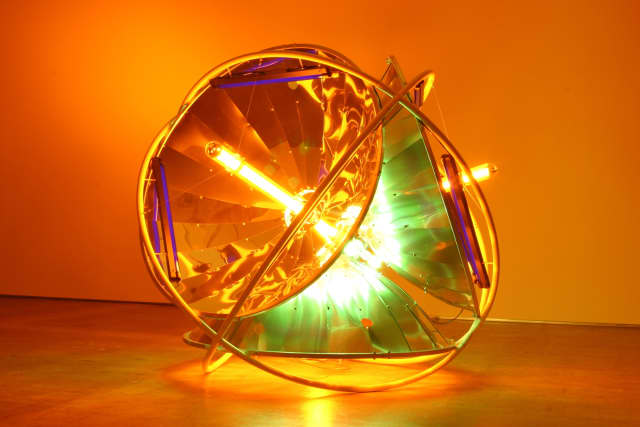
By 2006, Olafur incorporated the solar cooker-as-non-functional-object as part of his sculptural vocabulary. Quadruple Suncooker Lamp, shown at Galerie Koyanagi, bound four smaller parabolas together into a bouquet, with a monochrome light as each shiny blossom’s stamen.
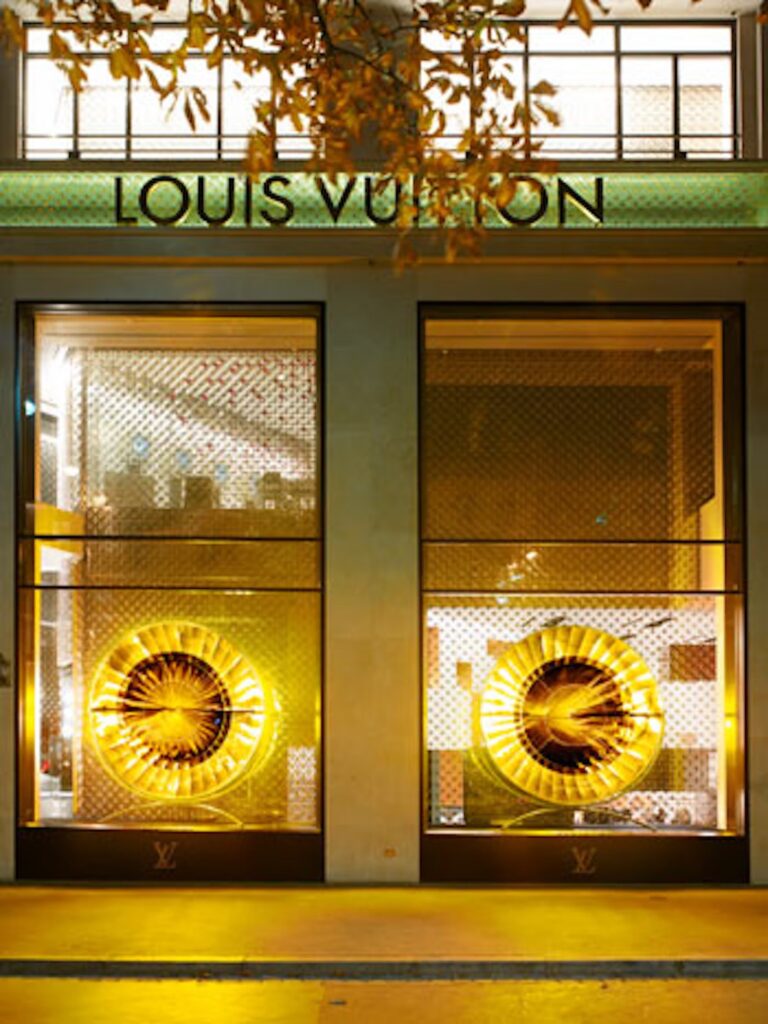
Eye See You, the fundraising edition of 30 sculptural lamps he installed in Louis Vuitton store windows around the world in late 2006, were based on another open-source, tripod suncooker design, with monochrome lamps and bi-level, half-mirrored chromatic glass irises added to evoke the eye of the title.
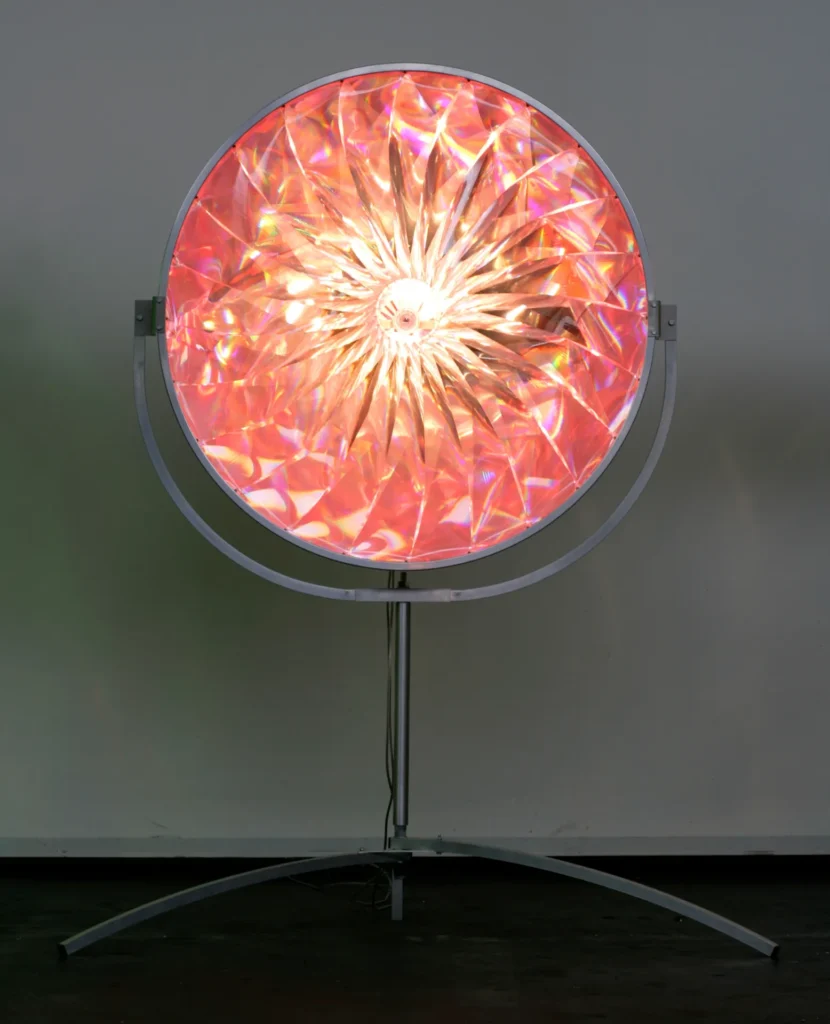
In 2007, a taller, one-off, National Career Lamp, reminded me that maybe I should have gotten an Eye See You; it sure looked great at the Winter Palace.
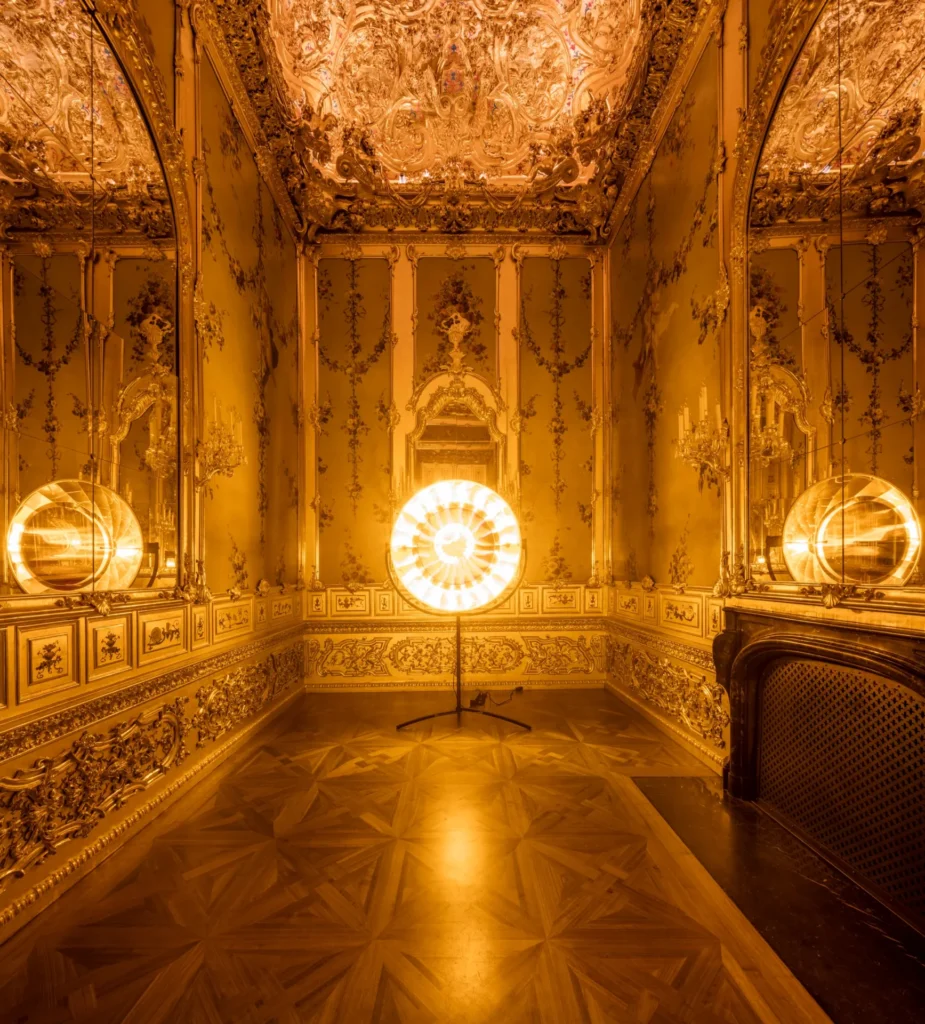
Freed from their function, parabolic suncookers were soon absorbed into the mathematical soup of Olafur’s studio. It feels like the twisted aluminum slices were translated into the scrim of decorative cords that enclosed the Serpentine Pavilion Olafur made with Snohetta in 2007. And they feel a bit connected to all the spiral-surfaced mirror orbs, but not too close, all things a studio is set up to realize independently.
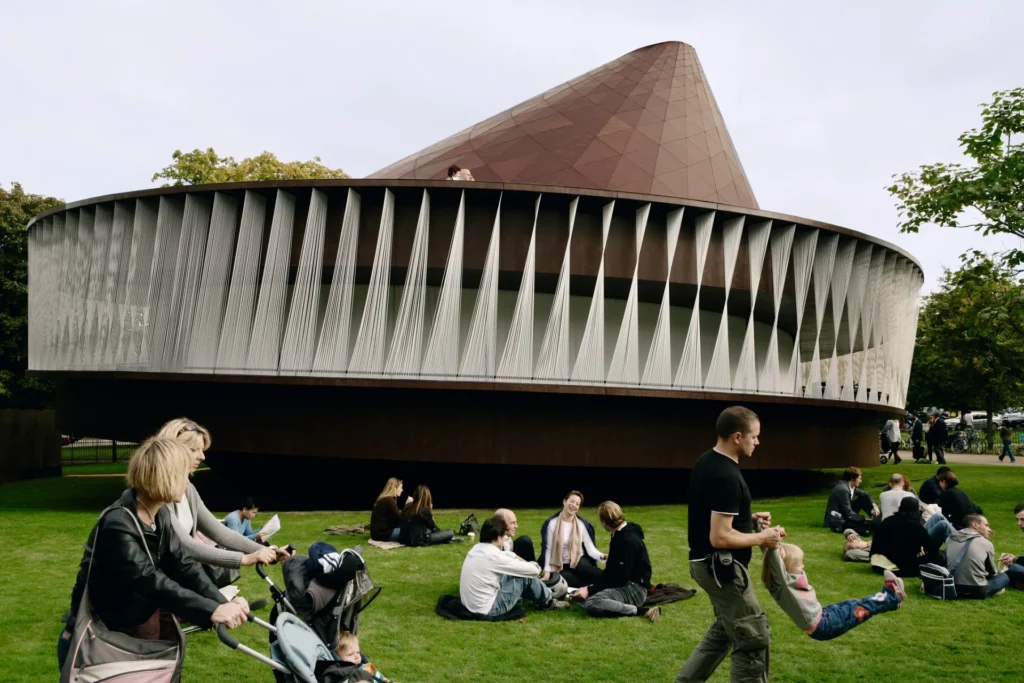
If these found objects enter the work a bit menacingly—at least for the cactus—maybe non-functionality is a respite, a repurposing, art as a higher-level function. As the studio’s own fabrication increased in sophistication, these schematic or found elements were outpaced by spectacular, custom, iterated geometries.
A couple of years later, Olafur launched Little Sun, a sun-shaped artwork that was also a functional solar lamp. I haven’t figured out how related these works are, but I’ll think about it for a few more trips around the sun.
Previously, related: Protestors’ Folding Item, 2014
also, Rirkrit made Untitled (Solar Cooker) as a fundraising edition, too, and I thought its foundness gave it credibility. hmm.
